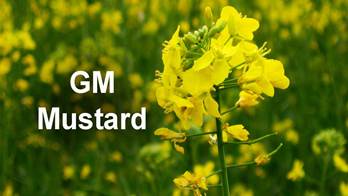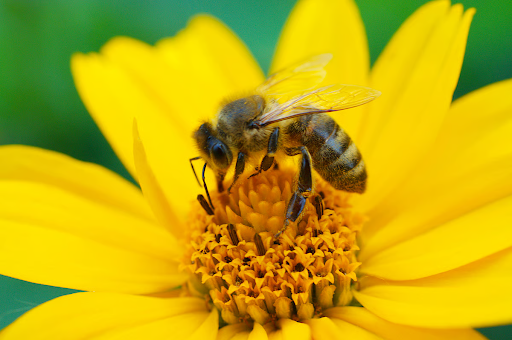Description

Disclaimer: Copyright infringement not intended.
Context
- Genetic Engineering Appraisal Committee (GEAC) under the Union Ministry of Environment, Forest and Climate Change recommended the “environmental release” of the transgenic hybrid mustard DMH-11 for seed production and conduct of field demonstration studies with respect to its effects, on honey bees and other pollinating insects.
What exactly is hybrid mustard?
- Hybridisation involves crossing two genetically dissimilar plant varieties that can even be from the same species. The first-generation (F1) offspring from such crosses tend to have higher yields than what either parent can individually give.
- Such hybridisation isn’t easy in mustard, as its flowers have both female (pistil) and male (stamen) reproductive organs, making the plants largely self-pollinating. Since the eggs of one plant cannot be fertilised by the pollen grains from another, it limits the scope for developing hybrids — unlike in cotton, maize or tomato, where this can be done through simple emasculation or physical removal of anthers.

So, how has hybridisation been achieved in mustard?
- By genetic modification (GM). Scientists have developed the hybrid mustard DMH-11 containing two alien genes isolated from a soil bacterium called Bacillus amyloliquefaciens.
- The first gene (‘barnase’) codes for a protein that impairs pollen production and renders the plant into which it is incorporated male-sterile. This plant is then crossed with a fertile parental line containing, in turn, the second ‘barstar’ gene that blocks the action of the barnase gene. The resultant F1 progeny is both high-yielding and also capable of producing seed/ grain, thanks to the barstar gene in the second fertile line.
Must Read:
GM Crops: https://www.iasgyan.in/daily-current-affairs/gm-crops-26
https://indianexpress.com/article/explained/understanding-gm-mustard-8231981/









